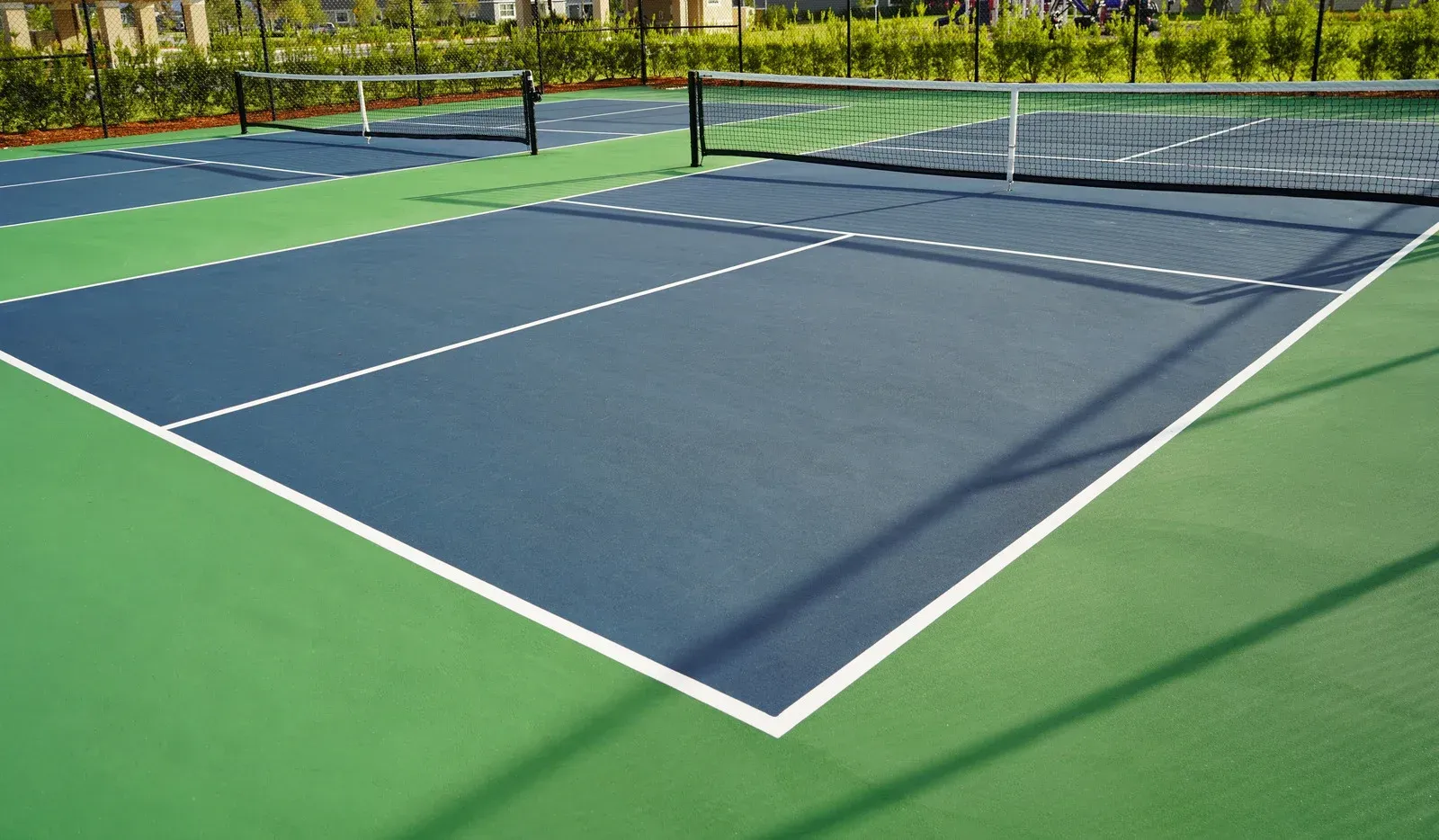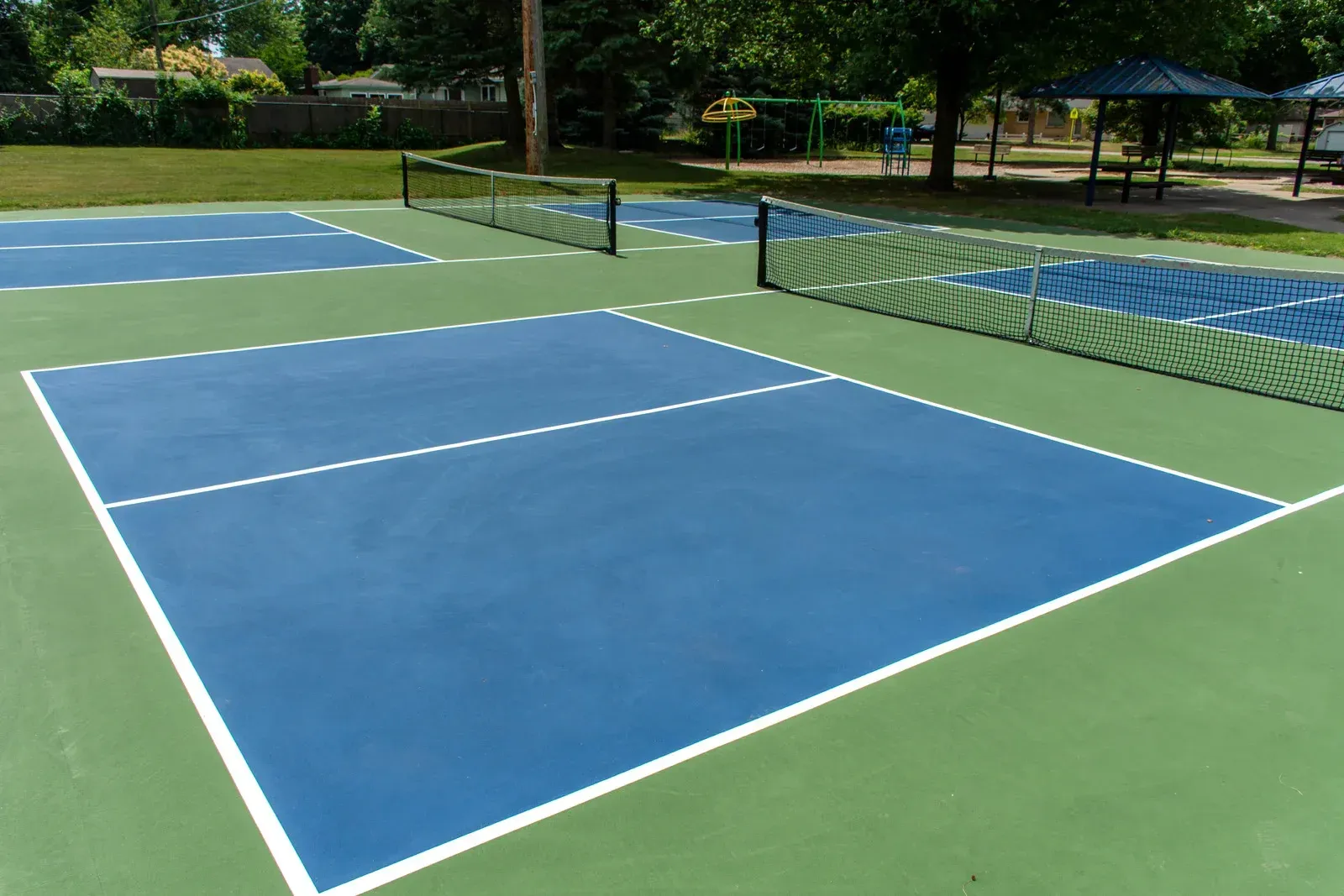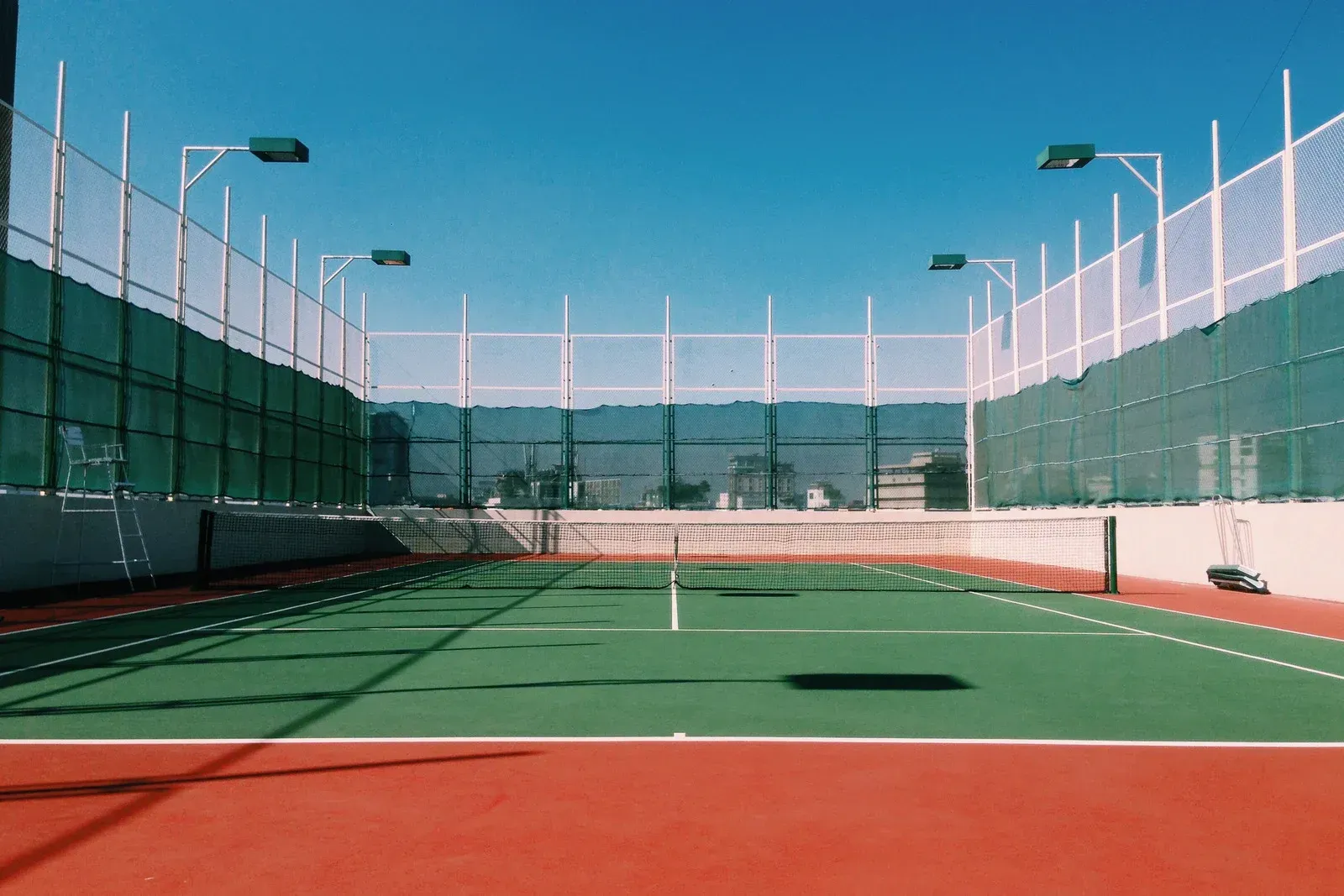CALL US: 218-820-9834
CALL US 218-820-9834
STEP-BY-STEP GUIDE TO BUILDING A PICKLEBALL COURT: FROM PLANNING TO COMPLETION
Building your own pickleball court can be a rewarding and exciting project. Whether you want a dedicated space for casual games or a more professional setup, this step-by-step guide will help you from planning to completion. You’ll need to consider space, materials, and costs, but with careful preparation, you can create a court that will provide hours of fun and fitness.
1. Assess Your Space
Before you dive into construction, it's essential to first evaluate your available space. A regulation pickleball court measures 20 feet by 44 feet, with extra space for safety around the court. If you're repurposing an existing area, like a tennis court, make sure it can accommodate these dimensions. Also, check for any local zoning laws that could impact your plans.
2. Select Materials and Surface
The next step is to choose the materials for your court. Concrete and asphalt are the most common options for durability and longevity. Concrete provides a smooth, stable surface ideal for competitive play, while asphalt is more affordable but requires more maintenance. Once you've decided on a material, you'll also need to think about the type of netting and poles required. A standard pickleball net is 34 inches high at the center and should be installed securely.
3. Mark and Prepare the Ground
Once you've selected your materials, it's time to mark the boundaries. Using stakes and string, outline the court's dimensions on the ground. Ensure the lines are straight and accurately measured. If your land is uneven, you may need to excavate the area to create a flat surface. After preparing the ground, add a layer of gravel or crushed stone as a base, which helps with drainage and ensures a level foundation.
4. Install the Surface
The next step is to install the court surface. Concrete or asphalt needs to be laid down evenly, with enough curing time for a solid finish. This step can take a few days, depending on the weather and surface type. Make sure the surface is level to prevent any bounce inconsistencies during play.
5. Apply Court Markings
Once the surface is set, the next step is marking the court lines. Use durable outdoor paint or court striping tape to mark the baselines, sidelines, service areas, and non-volley zones. The lines should be 2 inches wide and clearly visible. Ensure the paint is resistant to wear and tear from regular play.
6. Enjoy Your New Court
Once everything is set up, take a step back and admire your new pickleball court. You’ve created a space that will not only be a fun place to play but will also encourage social gatherings and physical activity. Whether you’re playing with family, friends, or neighbors, a backyard court brings endless entertainment right to your doorstep.
Building a pickleball court is an investment in both your home and your health. With a little time and effort, you'll have a fantastic space to enjoy one of the fastest-growing sports in the world.






